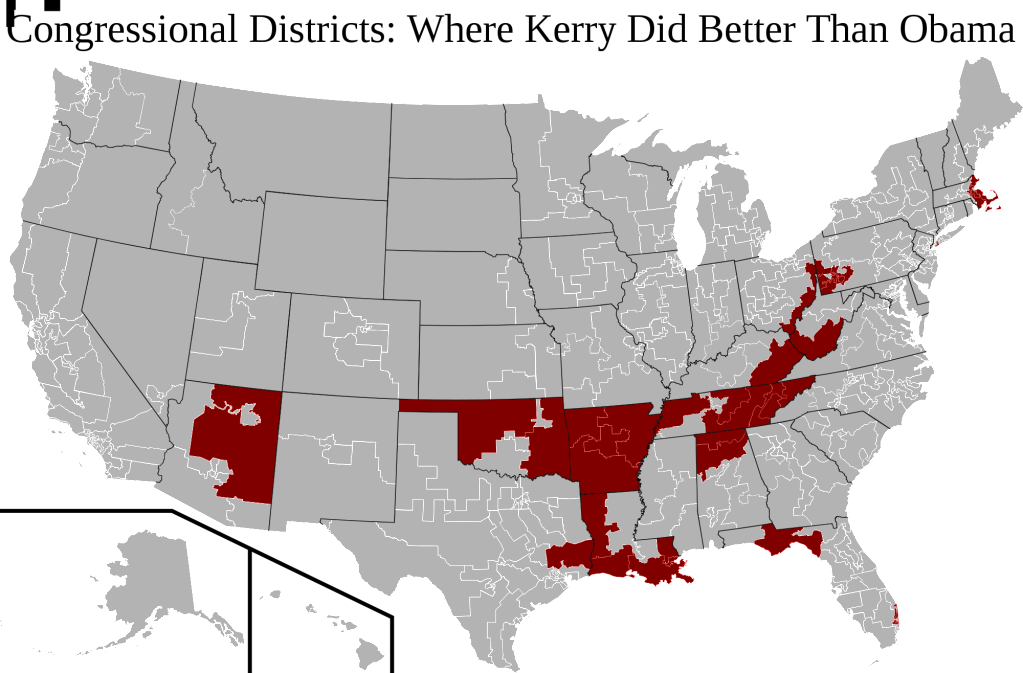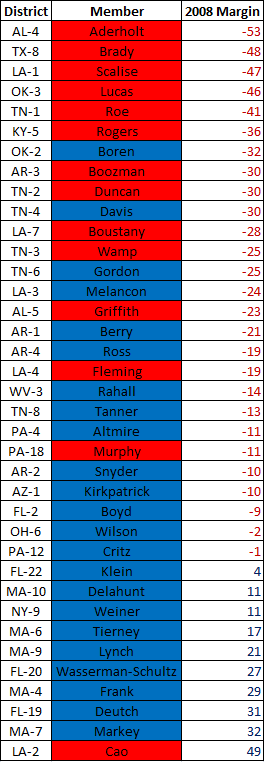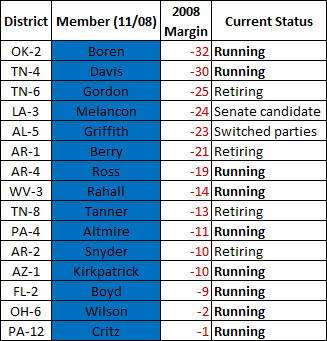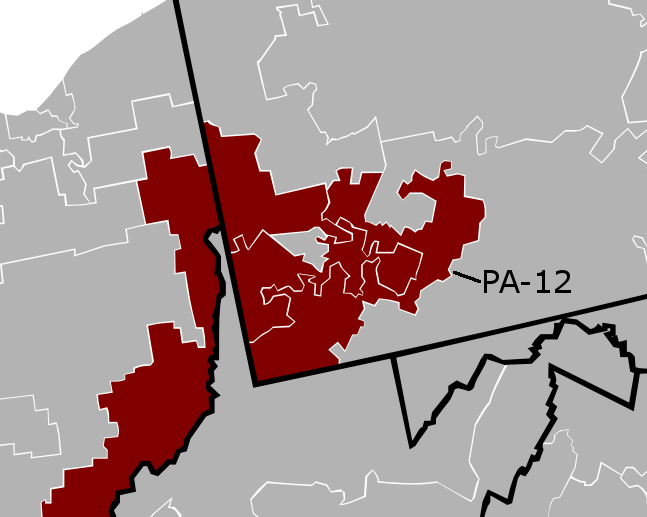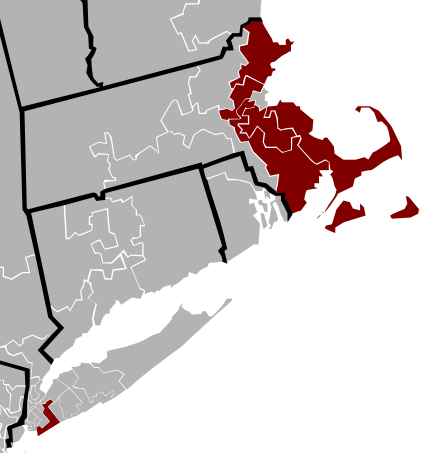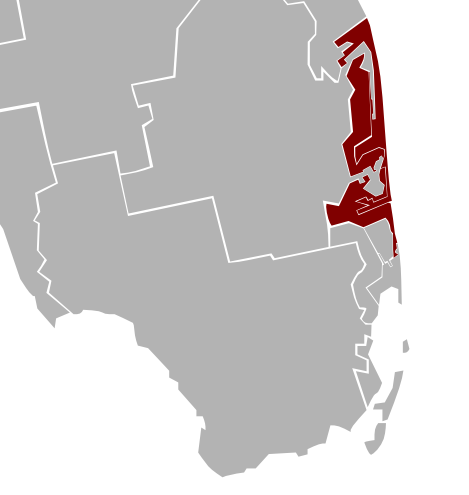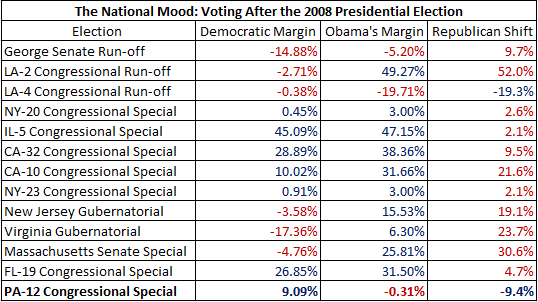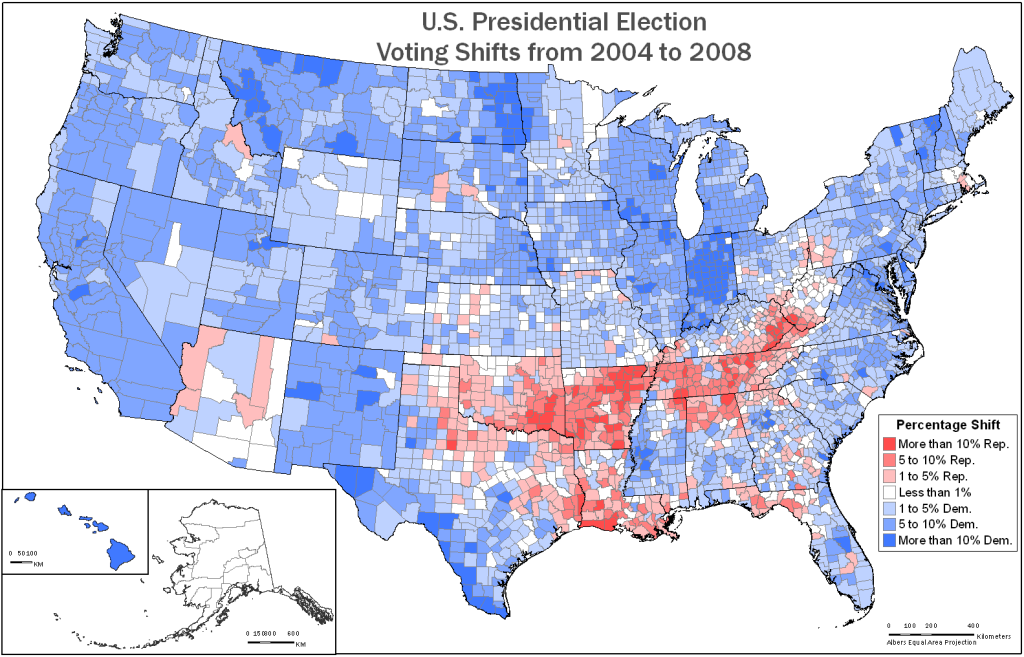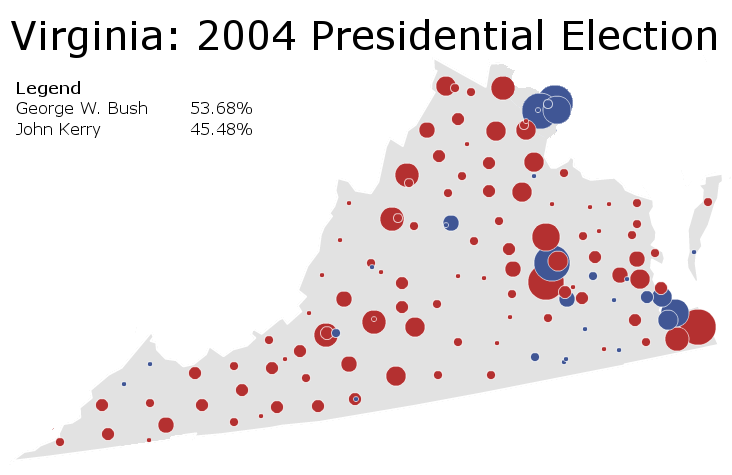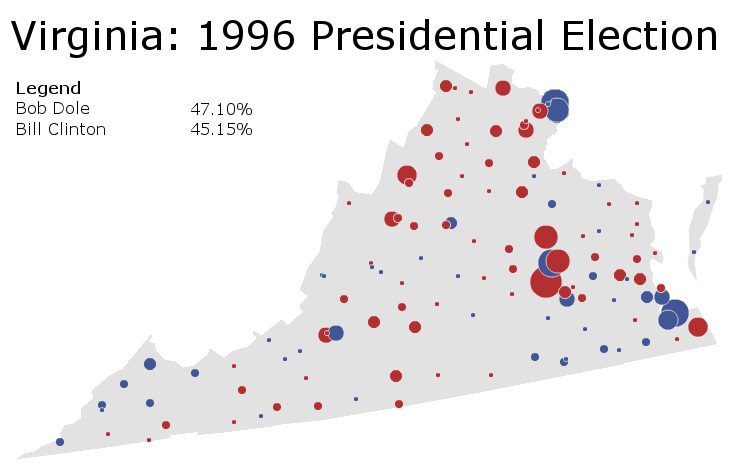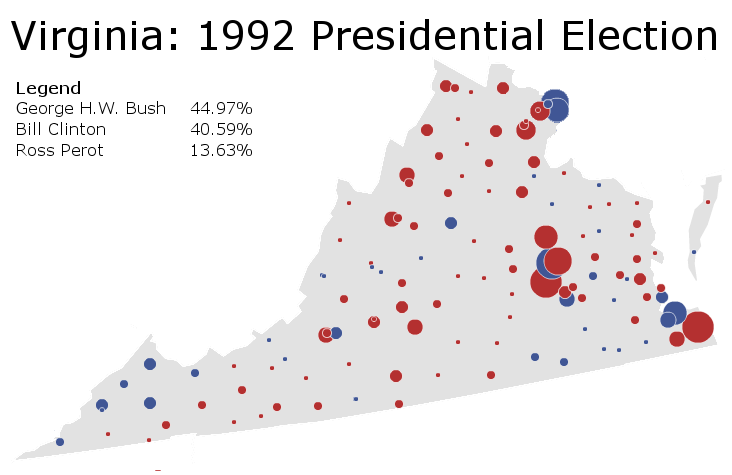Cross-posted at Politics and other Random Topics and Daily Kos
Before starting this little rant, I'd like to say that as a progressive Democrat, I would've preferred that Lt. Gov. Bill Halter win his primary challenge to Sen. Blanche Lincoln (and, in fact, it was my prediction that Lincoln would lose the run-off). Having said that, the progressives who really think that Halter was going to be able to defeat Republican congressman John Boozman need a reality check, and should reflect a little on what happened here before getting so bummed out by the events of the Arkansas race.
This is Daily Kos founder Markos Moulitsas:
The GOP establishment tries to nominate electable candidates, and gets sabotaged by the teabaggers. We're trying to nominate electable candidates, and we get sabotaged by the Democratic Party establishment. We won in Pennsylvania, lost in Arkansas. You can't win them all. But make no mistake — we made the politically smart move.
Unfortunately, the smart political move lost. So say hello to Sen. John Boozman, the next senator from the great state of Arkansas. It's the political reality. No need to sugarcoat it.
How much do you think the Chamber of Commerce and its corporatist allies will spend on behalf of Blanche Lincoln through the fall? Zero. Suddenly, you're going to see Lincoln quite friendless
Those evil “out of state” unions and progressive groups sure won't lift a finger to help her. The only question is how much the DSCC wastes on the losing effort.
I've long since quit being impressed by moral victories. In this case, we forced Blanche to dramatically improve the financial reform bill, and it may be too late to strip out her derivatives reform language. And we delivered the kind of pain that no other incumbent wants to suffer. So congressional Democrats have two options — they can either shape up and be spared primary pain (I'd be happy focusing solely on Joe Lieberman in 2012), or they can be Blanched
It's much easier to keep your job if you don't have to fight for it twice in a single year.
Kos seems to be arguing a few things here; one that the Democratic establishment (really, the White House) was being stupid by supporting Lincoln, that Bill Halter would've been able to win while Lincoln would not, and that this primary challenge will make conservative Democrats in congress somewhat more progressive.
The first thing, that the Democratic establishment should have thrown Lincoln out the door for Halter ignores one simple truth: political parties, at their core, are incumbent protection rackets, period. This is not an ironclad rule that can never be broken, but those circumstances usually involve some pretty bad scandals (for example, the Republican Governor's Association (the RGA) actively endorsed Brian Sandoval against incumbent Governor Jim Gibbons, mostly because of how scandal plagued he was). The Democrats had no business supporting incumbent Congressman Bill Jefferson in Louisiana's second district, and they should have been criticized heavily for it, as Jefferson was accused of and later convicted of bribery, but that was simply not the case for Lincoln. Political parties protect incumbents for good reason, they are the power-base of the party, without incumbent members in government, the party has no power (just look at the Green Party, the Constitution Party, the Libertarian Party, and many others) and if the party isn't going to go to the mat for its incumbents, then its incumbents will stop supporting the party, period. This isn't limited to the Democrats either, the Republicans support their incumbents as well, and Kos is, frankly, delusional if he thinks that any political party should abandon incumbents who aren't scandal-tainted (but for the record, it was pretty stupid of the White House aid to shoot his/her mouth off about the labor unions, though I suspect that he/she wasn't authorized by the White House to talk either).
On the second argument, electability, I'd find that view a lot more convincing if Bill Halter were either winning or were within range of John Boozman in polling, but the fact is, Boozman is beating Halter by double-digits too and there's no prize for only losing by 15 instead of losing by 20. To be clear, yes, I believe that Halter was more electable than Lincoln, but to pretend that Halter's chances of victory were really that much better than Lincoln's doesn't do progressives well in the credibility department.
On the final point, well, frankly, I know that Kos means well, but there's a case to be made that Lincoln's derivatives language isn't really that good an idea. Just because something sounds good on paper and looks like it's putting the screws to the banks and everything which is evil, doesn't mean that it actually is or that this has somehow created better policy. Frankly, it's even arguable that this was good politics for just the general election, as everyone hates the banks and appearing to be tough on them just looks good. In addition there was a point made by a regular commenter on Swing State Project who goes by DCCyclone which I'd like to bring to light:
And, frankly, to a substantial extent it bothers me, because the singling out of Lincoln for demonization shows a big lack of perspective. Lincoln is from a most conservative state and the strongest anti-Obama state of any Democratic Senator up for reelection this year.
I suppose this is about making an example out of her for the sake of doing so, and winning in politics does, ultimately, require demonizing the opponent. That's just a fact of political life, I accept that.
But if Halter wins tonight and goes on to lose by 20 to Boozman, I don't think the left benefits. ConservaDems don't feel pressured to be more responsive to the left, instead they just feel more tightly squeezed with a narrower needle to thread to win. The only way the left wins politically out of this is for Halter to win not only tonight but to pull off the massive upset and win in November. If that happens, then the intense emotional energy will have been fully vindicated, and I'll be proven a fucking moron. But it's hard to see a “Senator Halter” getting sworn in in January.
DCCyclone's point is a good one, what if Halter had won the primary? Maybe there would have been a polling bounce for him, but I doubt he'd even get a lead in that situation (or even close to it) and he'd probably return to where he was, 10-15 points behind Boozman which is almost certainly what the final result would have been. If that would have happened (hypothetically), it could easily by Democratic operatives to argue “see, this is what happens when you primary incumbents, you lose seats, you're no better than the Club for Growth!” (not to say that their point would be all that good, but it'd be pretty easy to make it, and suddenly the progressive groups who supported the primary look stupid for being successful). And that's really the main point, a loss for the progressives who backed Halter was probably inevitable no matter what, whether it would've been now or in November is sort of beside the point.
